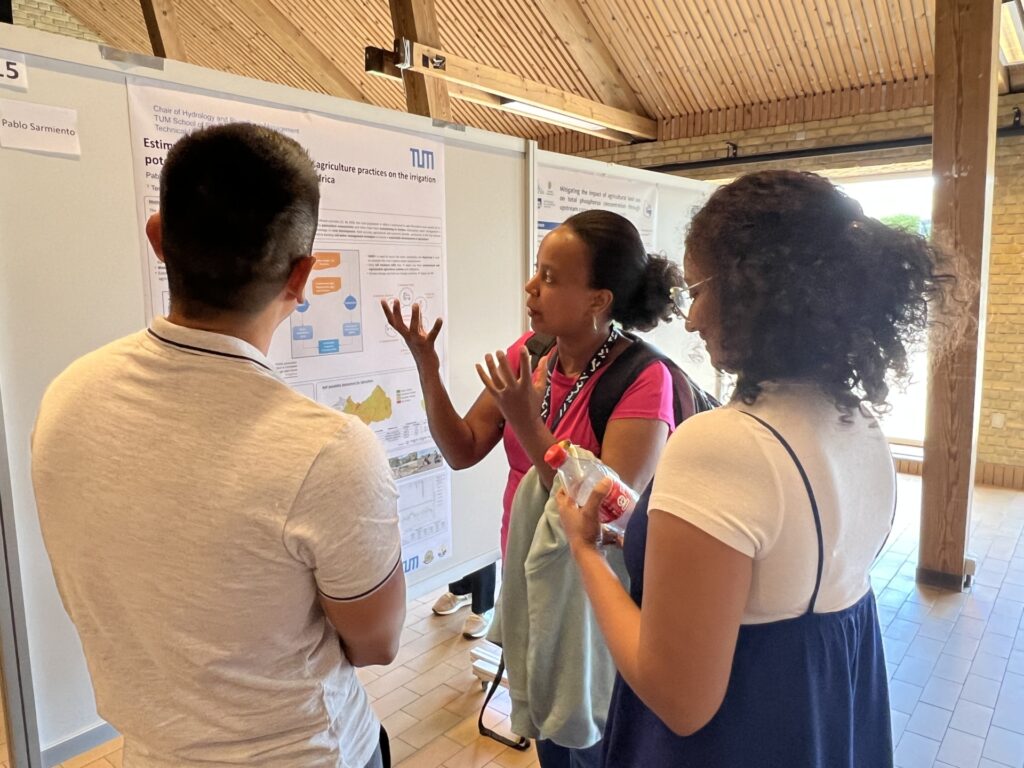AgriLife Research extends big data predictive modeling expertise at Denmark conference
Conference covers new applications, integrations of Soil and Water Assessment Tool

More than 170 computer modeling scientists and researchers from 41 countries converged at Aarhus University in Denmark for the 29th annual conference on the latest applications and developments of the Soil and Water Assessment Tool, SWAT.
SWAT is a predictive computer modeling system that uses millions of data points on climate trends, environments and behavioral characteristics to provide decision-making insights for producers, land managers and conservationists at all scales of a given watershed.
The annual conference is led by the inventors of SWAT — Raghavan “Srini” Srinivasan, Ph.D., director of the Texas A&M AgriLife Blackland Research and Extension Center, and Jeff Arnold, Ph.D., agricultural engineer with the U.S. Department of Agriculture Agricultural Research Service, USDA-ARS, both at Temple.
“This year’s conference was an extremely fruitful exchange of ideas, and we’re excited to be collaborating with world-class researchers from across the globe,” Srinivasan said. “This immense showing of engagement in this tool has made SWAT the most prevalent predictive modeling tool of its kind in the world.”
Modeling scientists spur SWAT tech evolution
More than 120 technical presentations at the event covered all aspects of the development of SWAT. Topics included new hydrologic modeling applications; new modeling frameworks for crops; calibration of the system and workflow protocols; solutions for maintaining current SWAT data; new environmental simulation capabilities; and a host of integration research that combines SWAT capabilities with those of other technologies to expand overall modeling capability.
The conference also included 28 scientific poster presentations. Thirty participants joined online from 17 countries. A full listing of presentations, abstracts and posters is available on the SWAT website.
Ahead of the conference last September, 95 participants from 32 countries participated in a series of five SWAT workshops covering introductory and advanced lessons, as well as integrations of SWAT with other computer modeling systems.
In addition to the annual conference, Srinivasan has been a major contributor to the development of SWAT and pioneering new uses for the tool. Most recently, his team has undertaken a sensor development initiative with IBM.
The work has opened the doors to global conversations about possibilities for SWAT as well as other predictive modeling systems developed by Texas A&M AgriLife Research scientists at the center in Temple.



